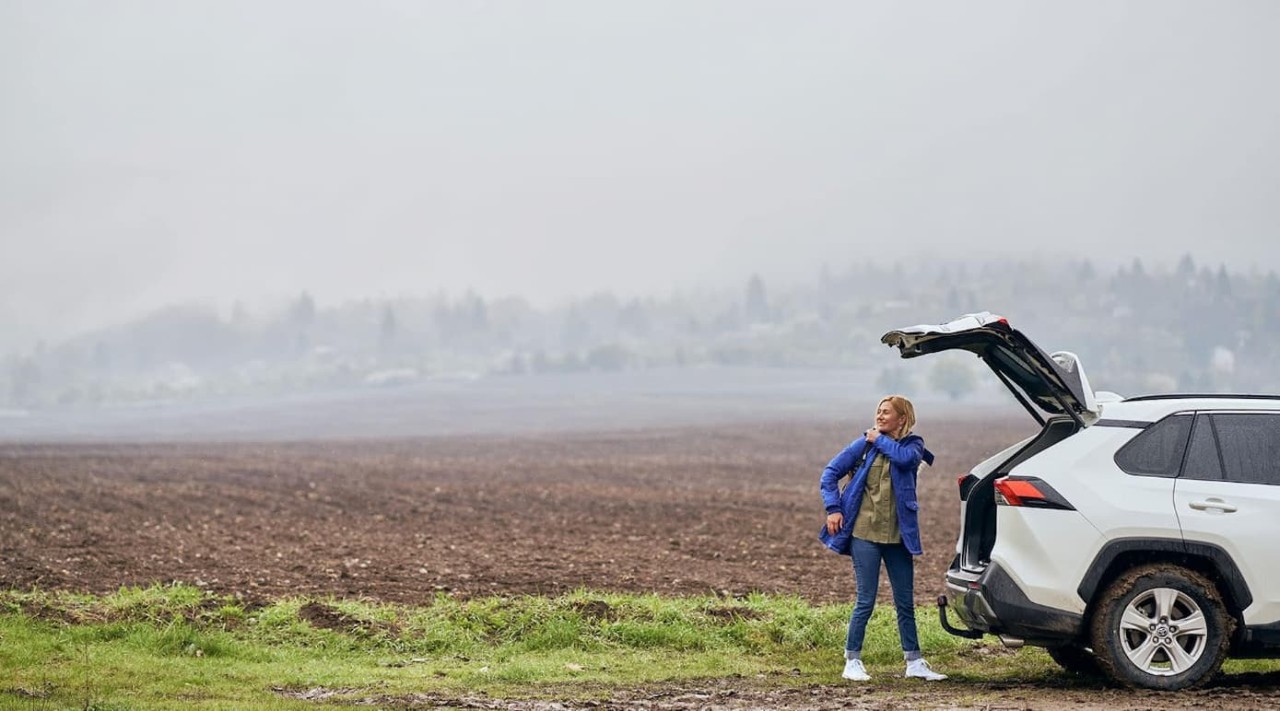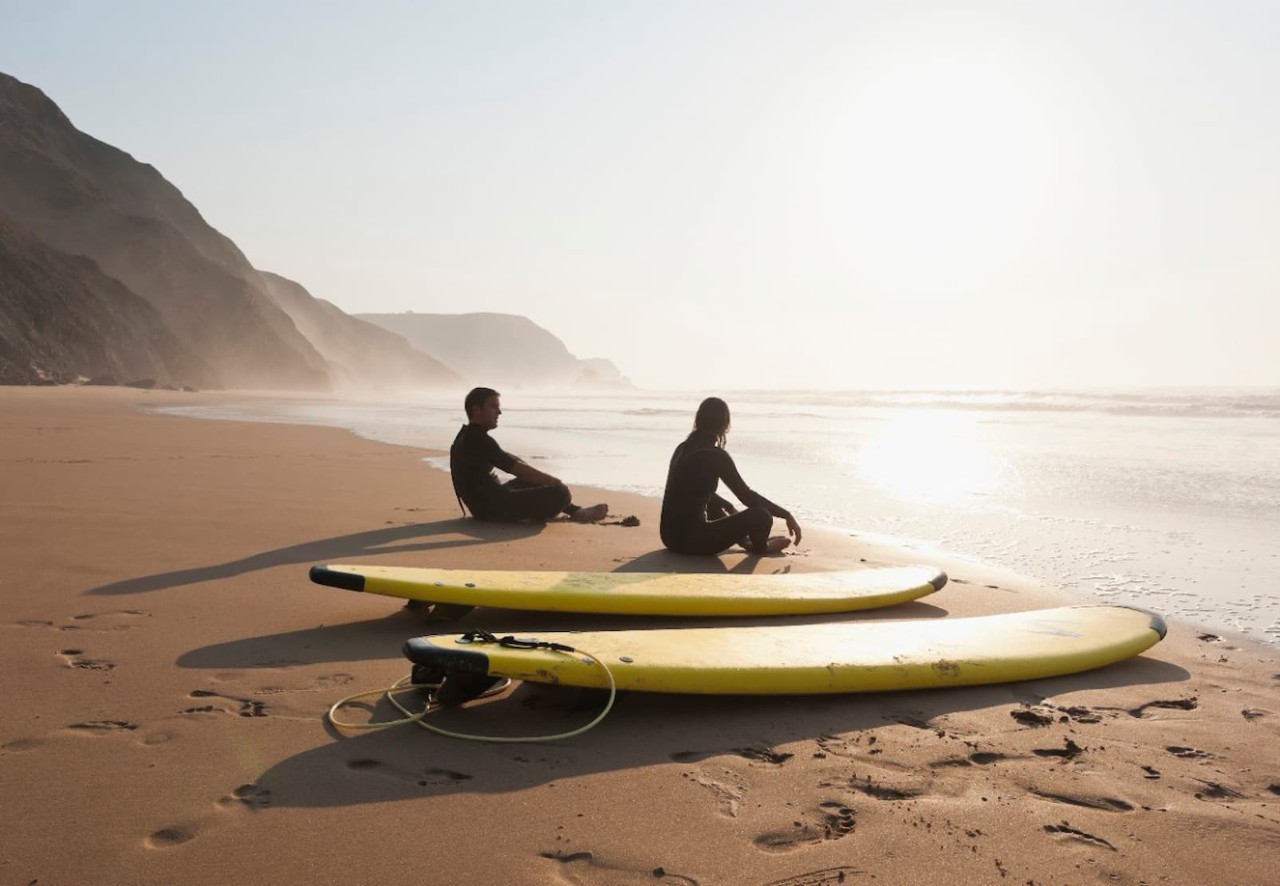Winter Driving in Ireland: Essential Tips and Tyre Advice
1. Understanding the Right Tyres for Winter
Summer Tyres: These are designed for mild, wet, or dry conditions, offering optimal grip and fuel efficiency in warmer weather. But in temperatures below 7°C, the rubber hardens, leading to a significant drop in performance on icy or snowy roads. This makes summer tyres less effective, as they lack the tread pattern and rubber flexibility needed for winter.
Winter Tyres: Made for temperatures below 7°C, winter tyres feature a deeper tread and softer rubber compound. This combination provides superior grip on ice and snow, giving you more control and reducing braking distances significantly. For those who frequently drive on rural or untreated roads, winter tyres are highly recommended.
All-Season Tyres: All-season tyres strike a balance, designed to perform in a range of temperatures. While they’re a better winter option than summer tyres, they don’t match the performance of true winter tyres on ice or snow. However, for drivers who face the occasional icy patch but mostly drive in urban areas, all-season tyres can be a practical choice.
2. Dealing with a Skid
If you feel your car starting to skid, resist the instinct to slam on the brakes. Instead:
Ease Off the Accelerator: Take your foot off the accelerator gently to reduce speed and regain control.
Steer in the Direction of the Skid: It sounds counterintuitive, but turning the wheel in the direction of the skid helps you regain traction.
Avoid Braking Suddenly: Braking can make a skid worse, especially if you’re not in a car with anti-lock brakes (ABS). Gently press the brake pedal if needed, but focus on controlling the steering first.
3. Defrosting Your Car Safely
A frozen windscreen is a common winter nuisance. Here’s how to clear it safely:
Don’t leave your engine running: Fill a freezer bag with warm water and rub it on your windscreen, it will clear your screen safely. It's important to make sure that the water is not too hot as it could cause a crack in your windscreen.
Avoid Hot Water: Pouring boiling or hot water on your windscreen can cause the glass to crack. Stick to using a proper de-icer or simply let the internal heaters do the work.
Invest in a Good Scraper and De-Icer: Use a plastic scraper and a de-icer spray on frosty mornings. This combination is quick and won’t damage the glass.
Lift Your Wiper Blades: If frost is expected overnight, lift your wiper blades to stop them from freezing to the windscreen. It can save you a lot of trouble the next morning.
4. Driving Tips for Icy and Snowy Roads
Winter driving requires a few adjustments to your regular routine:
Increase Following Distance: Allow more space between you and the car in front. Stopping distances can be up to 10 times longer in icy conditions.
Use Higher Gears: When pulling away on a slippery surface, start in second gear to reduce the risk of spinning the wheels.
Brake Gently and Early: Apply the brakes gently, and start slowing down well before junctions or turns.
Beware of Black Ice: This transparent, often invisible layer of ice can be especially hazardous. If you see a patch of road that looks glossy or unusually smooth, slow down and avoid sudden movements.
Stay Visible: Clean your lights regularly, as dirt and grime can reduce their effectiveness, especially in low visibility conditions.
5. Should You Consider Winter or All-Season Tyres?
Given Ireland’s generally mild winters, it’s understandable why most drivers opt for summer tyres year-round. However, if you frequently drive on untreated or rural roads, investing in winter tyres could be a game-changer. For city driving, where roads are generally well-maintained, all-season tyres can provide a middle ground, offering reasonable performance without the hassle of switching tyres seasonally.
Driving in icy and snowy conditions requires extra care, preparation, and ideally, the right set of tyres. Winter tyres are specifically designed for colder weather, while all-season tyres offer a balanced option for those who want to be prepared without changing tyres. A few small adjustments to your driving style can also make a big difference in safety.
Stay safe, stay alert, and don’t let winter conditions catch you off guard.
This guidance is for general information purposes only. Allianz accepts no responsibility or liability for any losses that may arise from any reliance upon the information contained in this guidance.
Information correct as of date of publishing.






